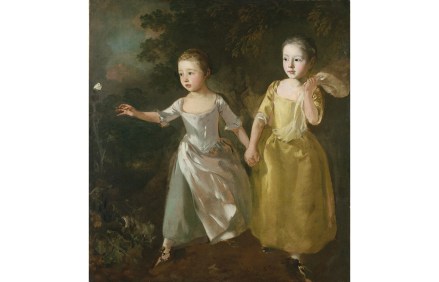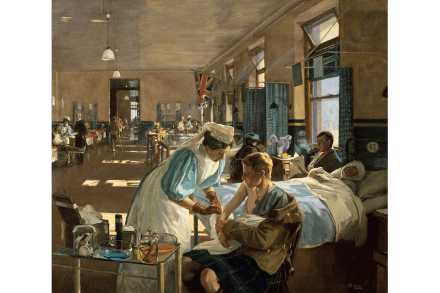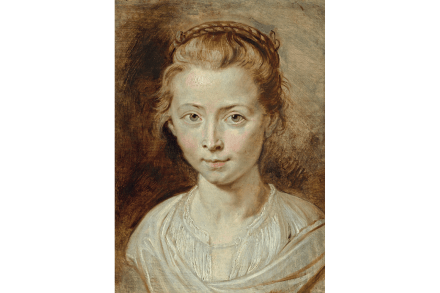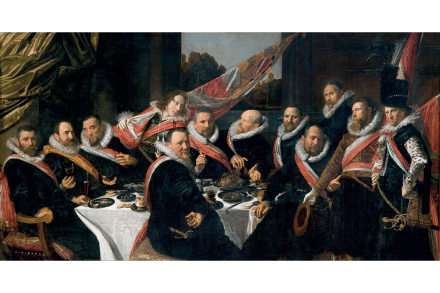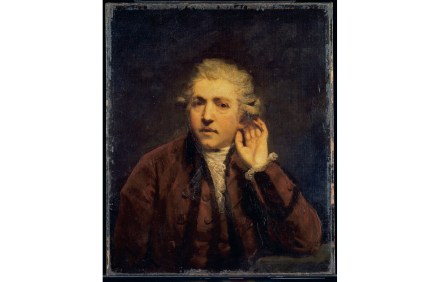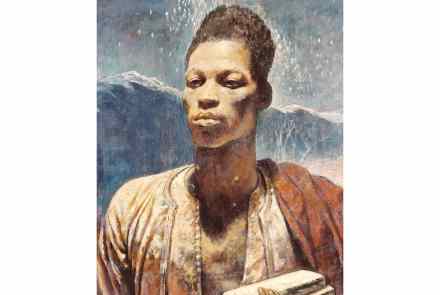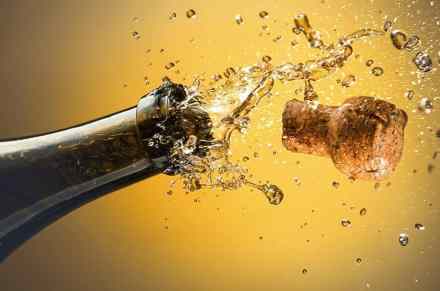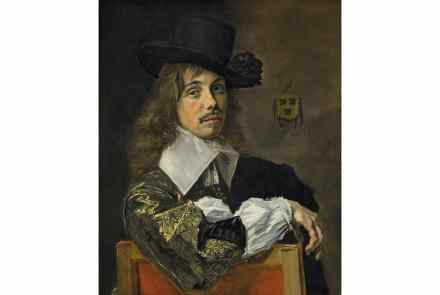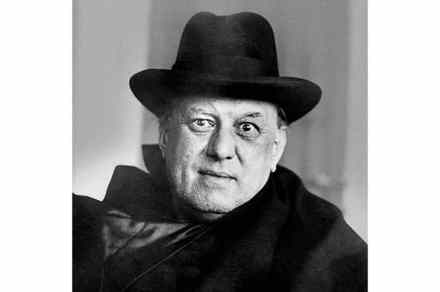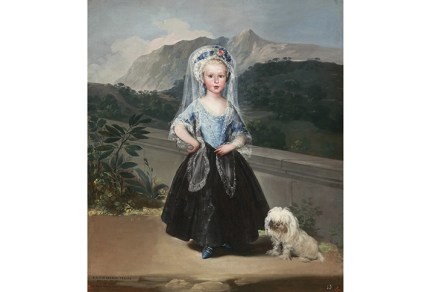Sisterly duty: The Painter’s Daughters, by Emily Howes, reviewed
The painter in the title of Emily Howes’s first novel is Thomas Gainsborough, famous, of course, as a great portraitist – ‘the curs’d face business’, as he once called it – and landscape artist. His daughters by his wife Margaret were Molly and Peggy, immortalised in half a dozen double canvases by their father. These family pictures allow us to intrude upon the sisters’ special intimacy as we follow their development from carefree girls playing in their native Suffolk to their emergence as fashionable young women in Bath and London society. Ultimately, it’s the secret of Molly’s mental instability that keeps the two sisters inseparable One of these paintings of
